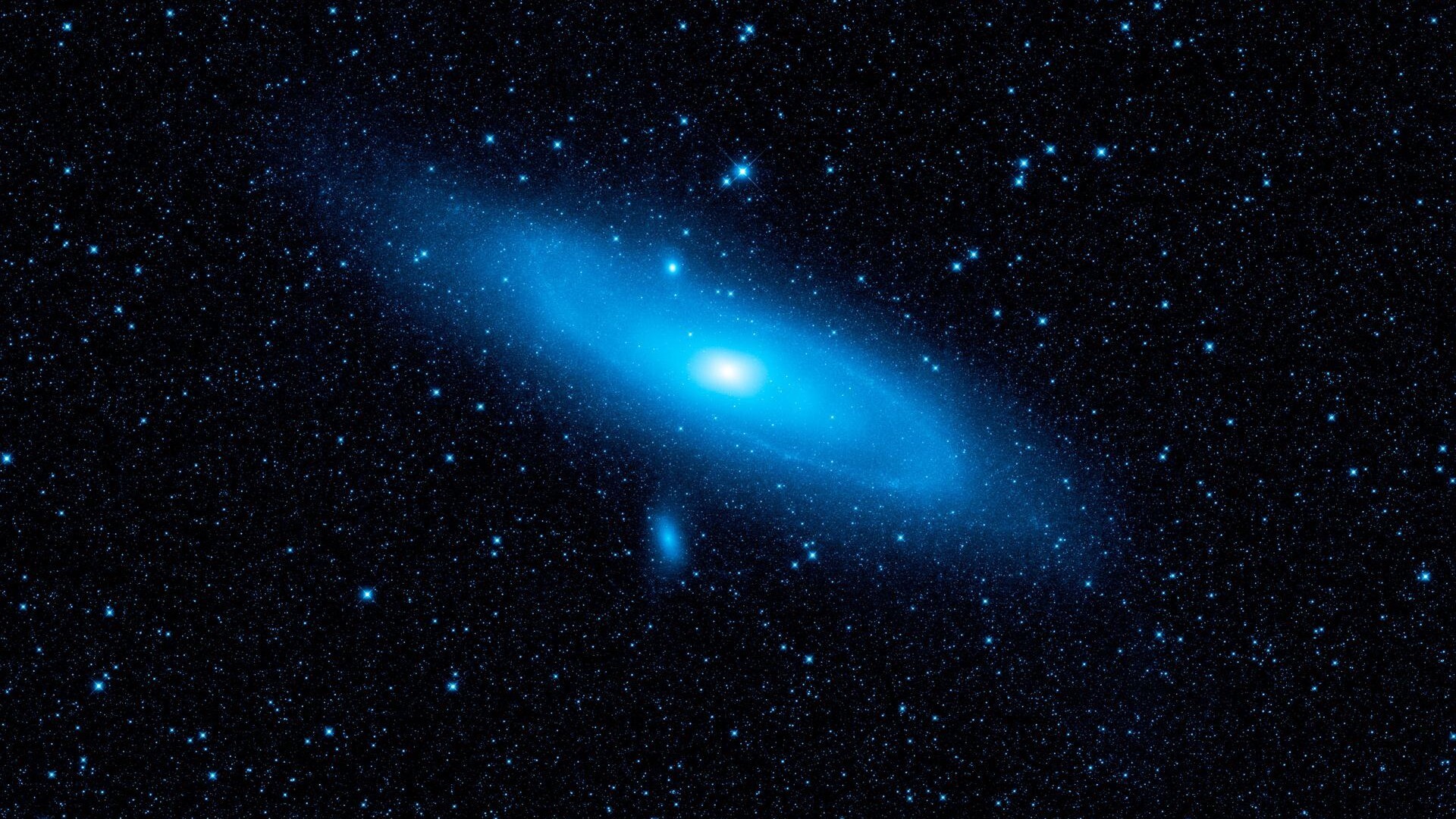Land, Vol. 13, Pages 610: Consequences of Land Use Changes on Native Forest and Agricultural Areas in Central-Southern Chile during the Last Fifty Years
Land doi: 10.3390/land13050610
Authors: Alejandro del Pozo Giordano Catenacci-Aguilera Belén Acosta-Gallo
Chile’s central-south region has experienced significant land use changes in the past fifty years, affecting native forests, agriculture, and urbanization. This article examines these changes and assesses their impact on native forest cover and agricultural land. Agricultural data for Chile (1980–2020) were obtained from public Chilean institutions (INE and ODEPA). Data on land use changes in central and south Chile (1975–2018), analysed from satellite images, were obtained from indexed papers. Urban area expansion in Chile between 1993 and 2020 was examined using publicly available data from MINVIU, Chile. Additionally, photovoltaic park data was sourced from SEA, Chile. Field crop coverage, primarily in central and southern Chile, decreased from 1,080,000 ha in 1980 to 667,000 ha in 2020, with notable decreases observed in cereal and legume crops. Conversely, the coverage of export-oriented orchards and vineyards increased from 194,947 ha to 492,587 ha. Forest plantations expanded significantly, ranging from 18% per decade in northern central Chile to 246% in the Maule and Biobío regions. This was accompanied by a 12.7–27.0% reduction per 10 years in native forest. Urban areas have experienced significant growth of 91% in the last 27 years, concentrated in the Mediterranean climate region. Solar photovoltaic parks have begun to increasingly replace thorn scrub (Espinal) and agricultural land, mirroring transformations seen in other Mediterranean nations like Spain and Portugal.

 2 weeks ago
29
2 weeks ago
29


